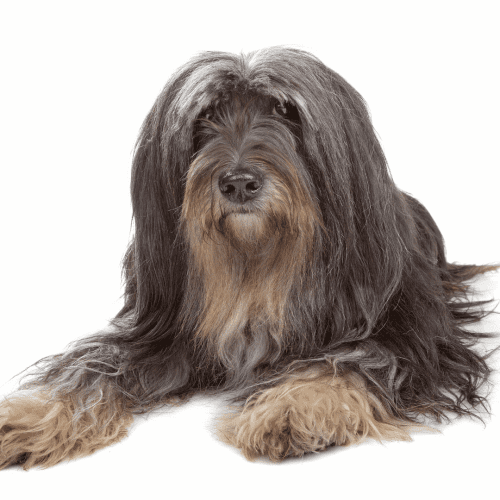Dog breeds starting with the letter “T”.
The Belgian Tervuren Dog Breed

What Is The History Of The Belgian Tervuren Breed?
The Belgian Tervuren was developed in Belgium in the early 19th century. The breed is named after the village of Tervuren, where it was first bred. The Belgian Tervuren is a member of the AKC’s Herding Group and is considered one of the most versatile Belgian shepherd dogs. The breed has a long history in for herding, tracking, obedience, and agility trials. The Belgian Tervuren is an intelligent and active breed that requires plenty of exercise and stimulation. This breed is not recommended for first-time dog owners.
What Does A Belgian Tervuren Look like?
The Belgian Tervuren has a long, thick coat that can be Black, Brindle, Black & Cream, Fawn & Black, Mahogany & Black, Fawn & Liver colors, with black tips. The coat is especially dense around the neck and chest, providing ample protection against the elements. The undercoat is soft and thick, making the Tervuren an excellent dog for colder climates. Weekly brushing is necessary to keep the coat clean and free of tangles.
How Big Is An Adult Belgian Tervuren?
The average size for a male Belgian Tervuren is 24 to 26 inches tall at the shoulder and 55 to 75 pounds. Females are slightly smaller, typically measuring 22 to 24 inches tall and 45 to 60 pounds. However, size can vary somewhat depending on the specific bloodline or breeder. Some Belgian Tervuren may be larger or smaller than the average size range.
Are There Other Dog Breeds Related To The Belgian Tervuren?
The Belgian Tervuren is a herding dog, which includes many other popular breeds such as the German Shepherd, the Border Collie, and the Australian Cattle Dog. Like all members of this group, the Belgian Tervuren is an intelligent, active breed that requires plenty of mental and physical stimulation. If you’re looking for a dog with similar qualities to the Belgian Tervuren, any of these other herding breeds will make an excellent choice.
What Is The Life Expectancy Of A Belgian Tervuren?
The life expectancy of a Belgian Tervuren is 12 to 15 years. This breed is known for being intelligent, alert, and protective, which makes them excellent guard dogs. They are also active and require a lot of exercises, so they are not the best choice for a couch potato owner. Belgian Tervuren is loyal and affectionate with their family but can be reserved around strangers.
Can A Belgian Tervuren Be Trained?
A Belgian Tervuren can be trained to do a variety of things, from simple tricks to more complex tasks. Some things that a Belgian Tervuren might be able to learn include: sitting, staying, lying down, coming when called, fetching, and walking on a leash. With patience and consistent training, a Belgian Tervuren can learn just about anything you want them to.
What Are Some Interesting Facts About A Belgian Tervuren?
1. The Belgian Tervuren is a versatile and intelligent dog breed.
2. They are known for their strong work ethic and loyalty.
3. Belgian Tervurens were initially bred as herding dogs.
4. These dogs are highly active and need plenty of exercises.
5. Belgian Tervurens are typically very friendly and good with children.
6. They are also very protective of their family and home.
7. Belgian Tervurens require regular grooming to maintain their coat.
8. This breed is relatively healthy but can be prone to hip dysplasia and other joint problems.
9. Belgian Tervurens typically live 10-12 years.
10. The AKC recognized the Belgian Tervuren in 1959.
How Does A Belgian Tervuren Interact With People?
Belgian Tervurens are very people-oriented dogs. They love human companionship and attention and love nothing more than spending time with their favorite people. They are highly intelligent and have a natural desire to please, which makes them easy to train. Belgian Tervurens are also very protective of their families and make excellent watchdogs. However, they are not aggressive by nature and will only bark or become defensive if they perceive a threat to their loved ones. With proper socialization from an early age, Belgian Tervurens can get along well with children and other pets. They make loyal, loving, and devoted companions for life.


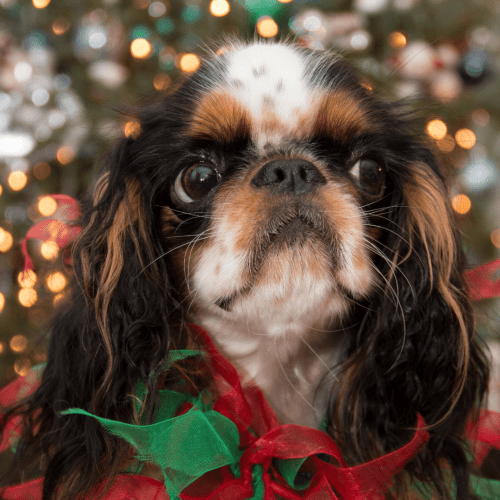
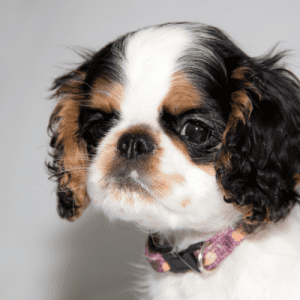
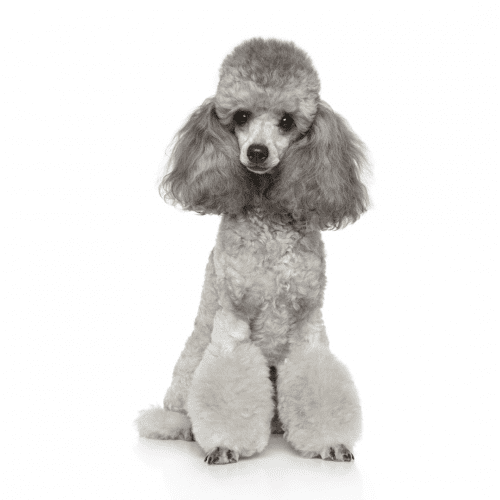

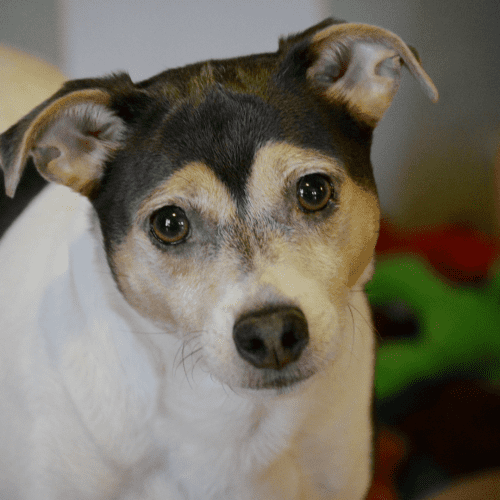
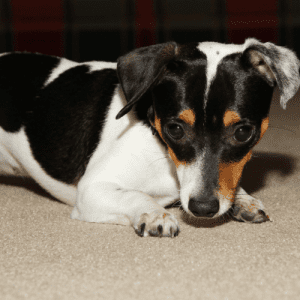
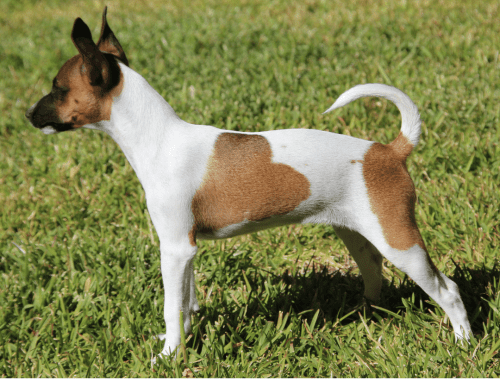
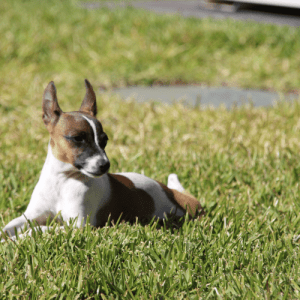
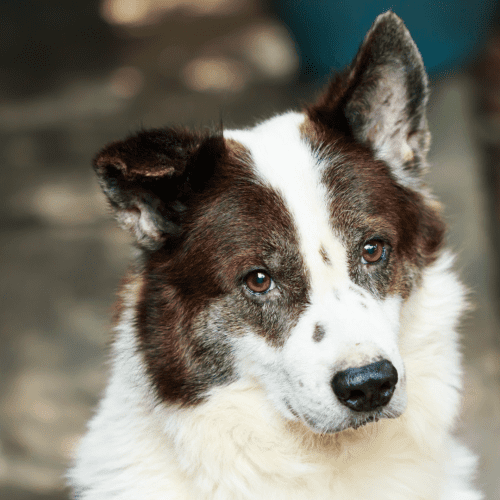

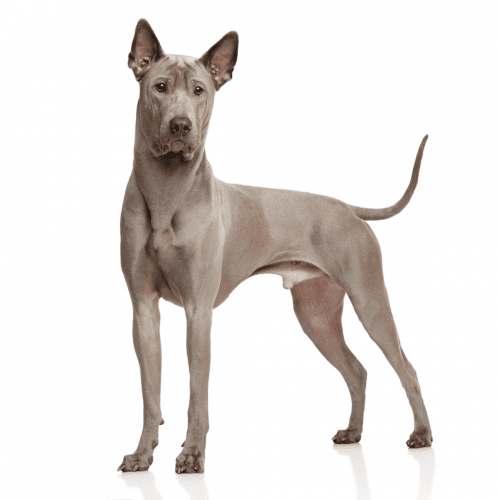

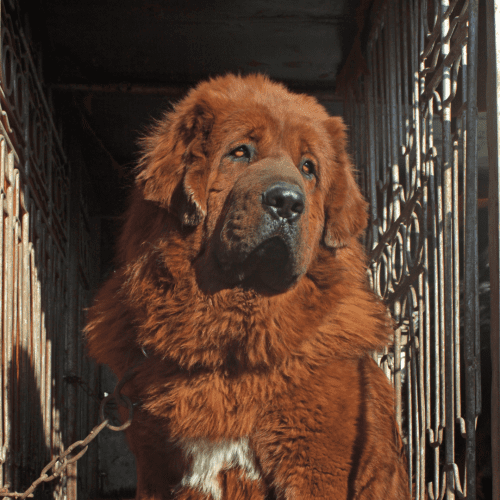

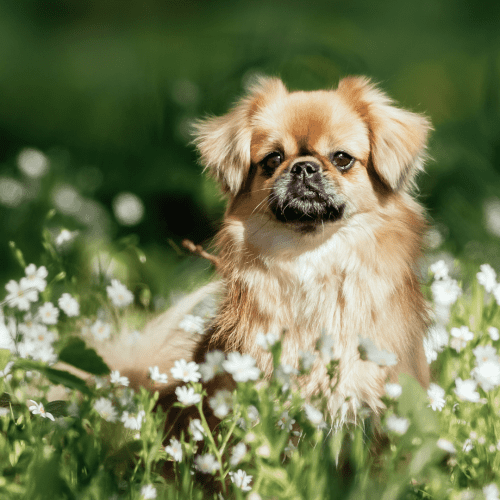

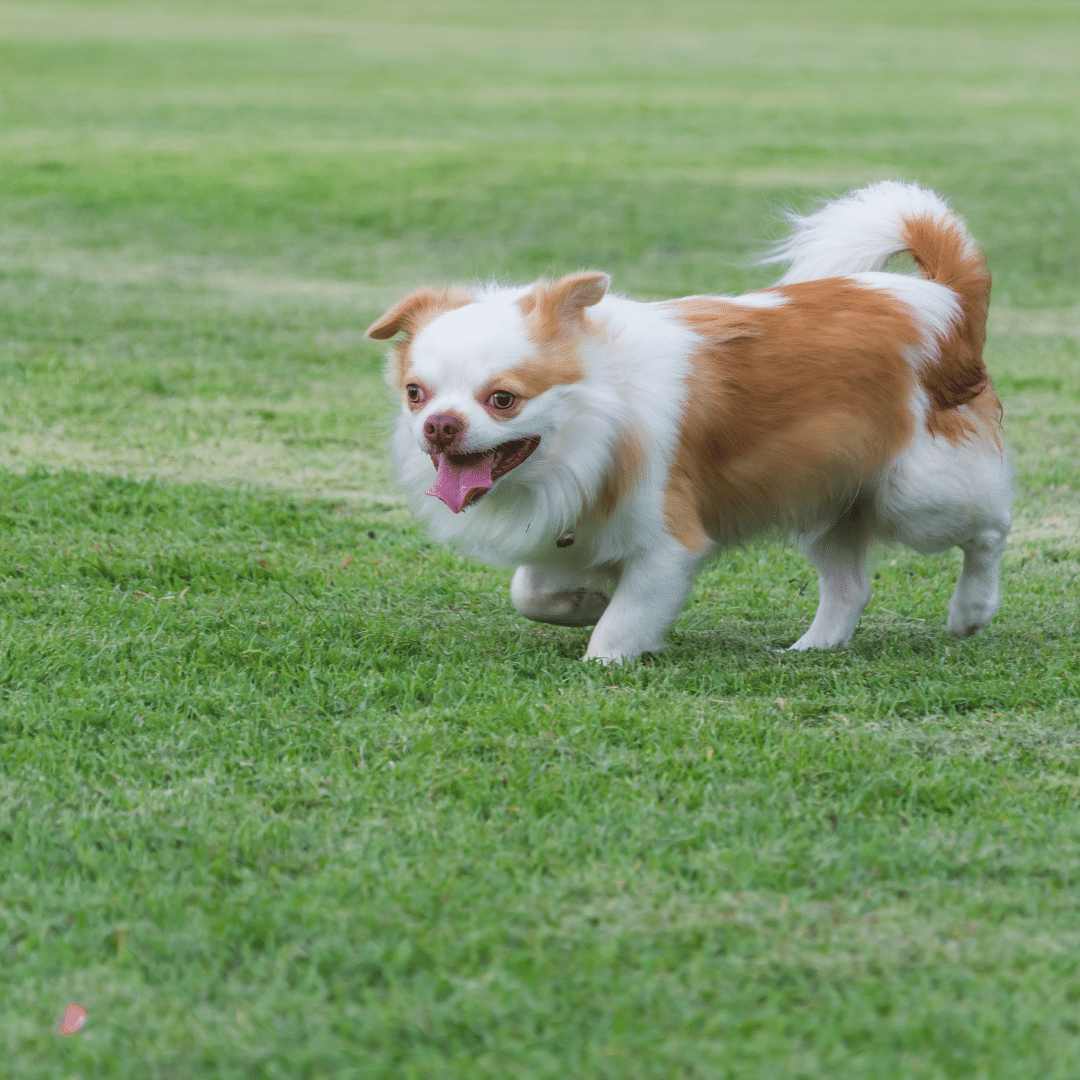 Dog?
Dog?